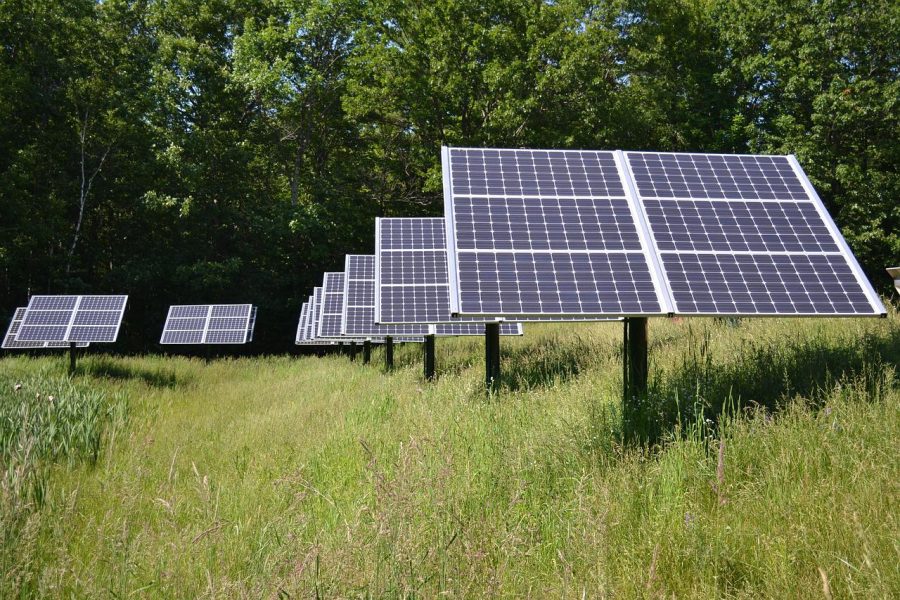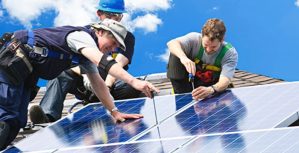Karim Tahseen Khayat: Growth in Solar Energy
Led by CEO Karim Tahseen Khayat, Middle East Power is a leader in solar energy innovation. Karim Tahseen Al-Khayyat founded Middle East Power in 2010, establishing the company as an energy provider aimed at achieving the best results in terms of upgrading the grid and installing a new generation of wireless smart meters in Kurdistan-Iraq and Lebanon.
In the field of solar power, Middle East Power supplied, installed, operates and maintains a photovoltaic hybrid power plant in Lebanon.
Growth in the Solar Power Sector
According to the World Resources Institute, wind and solar power combined accounted for just 1.7% of total global electricity in 2010. By 2020, that figure had risen to 8.7%, greatly outperforming predictions by mainstream energy models. For example, the International Energy Agency’s 2012 prediction of solar energy production reaching 550 terawatt-hours by 2030 was already exceeded by 2018. The downfall of predictions like this often lies in the fact that while models assume that wind and solar energy growth will be linear, growth has actually been exponential. This uptick in growth provides a glimmer of hope that the renewables sector can scale sufficiently to meet future climate goals.
One of the strongest drivers of growth in the renewables sector has been falling costs, with the cost of photovoltaic electricity falling by 85% since 2010. Simultaneously, the cost of both offshore and onshore wind electricity has also decreased by around half, meaning that both renewable sources are now competitive with fossil fuel-derived electricity in terms of cost.
Positive feedback loops have driven down the cost of renewables dramatically. The more renewable technologies are deployed the cheaper they become, due to increasing competitiveness in supply chains and economies of scale. These falling costs spawn still more deployment. Over the past 20 years, each time solar capacity worldwide has doubled, the price of deploying solar capacity has fallen by more than a third. Since renewable energy technologies are standardised and modular, technological advances and cost improvements made in one area can easily be emulated elsewhere.
According to an IEA press release, renewable electricity growth is accelerating faster than ever before, supporting the emergence of a new global energy economy. Elevated climate goals and stronger policies implemented through COP26 are driving the renewables sector to record highs, although faster deployment will still be necessary in all key sectors to achieve the goal of net zero.
By 2026, energy industry experts suggest that renewable electricity capacity will increase by more than 60% worldwide compared with 2020 levels, exceeding 4,800 GW – the equivalent of the total current global power capacity of both nuclear and fossil fuels combined. In 2026, renewables are predicted to account for up to 95% of the total increase in global power capacity, with solar photovoltaic power alone providing more than half of all electricity.
Fatih Birol is Executive Director of the International Energy Agency. He points to 2021’s record 290-gigawatt electricity additions as yet another indication of the emerging global energy economy, indicating that the high energy prices we currently see may pose challenges for the renewables industry but elevated prices of fossil fuels will also render renewables even more competitive in the future.
Although China is currently leads the world in terms of volume of capacity additions, deployments in Europe and the United States are predicted to speed up significantly. Dr Birol hails the growth of renewables in India as outstanding, highlighting the country’s broader potential to accelerate its transition to clean energy.
Share It on :





